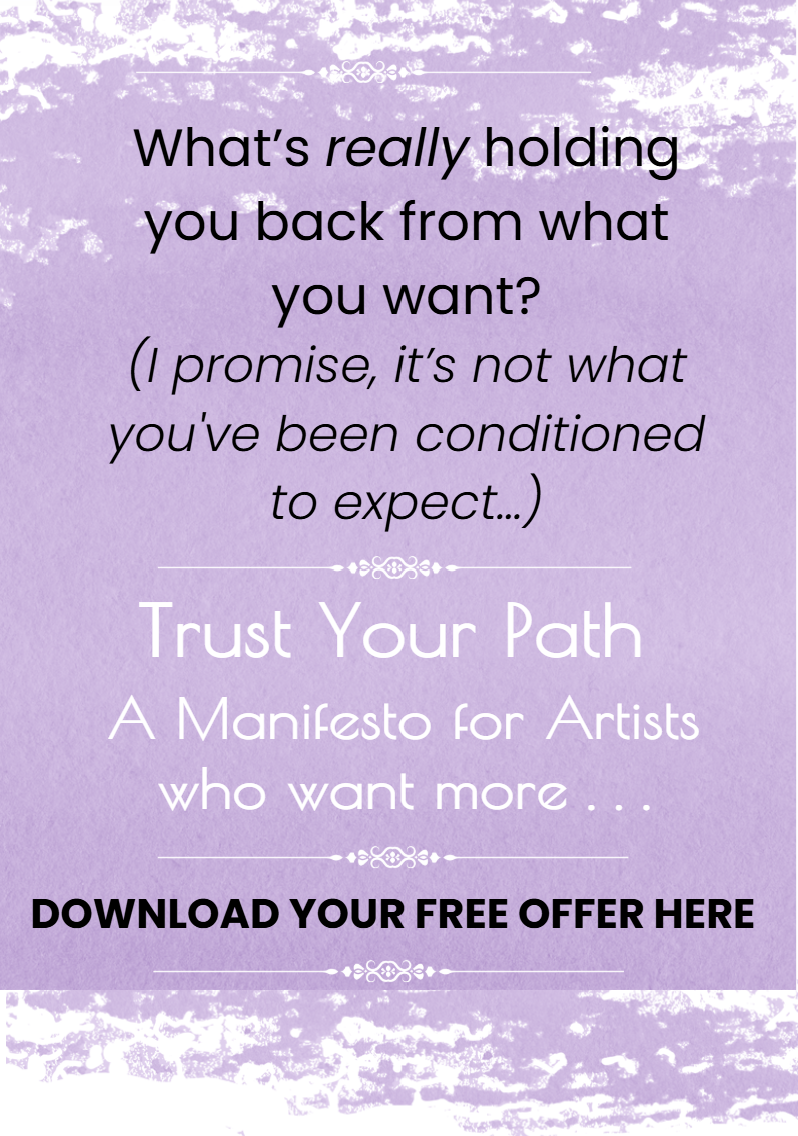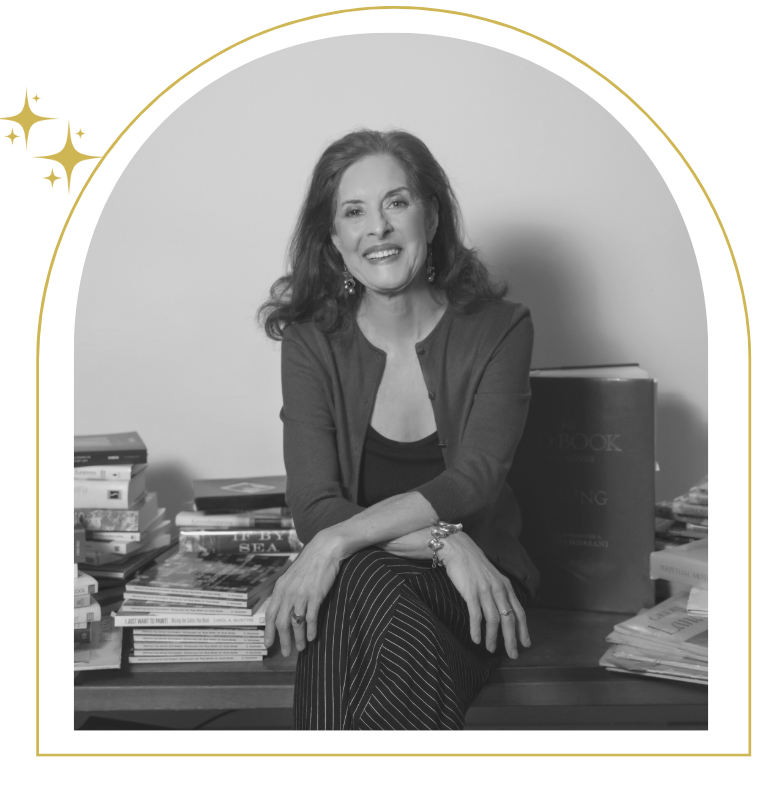 When you’ve read as many truly awful artist statements as I have, it begins to dawn on you that maybe, just maybe, the problem starts at the very beginning, before sliding down the slippery slope of awfulness.
When you’ve read as many truly awful artist statements as I have, it begins to dawn on you that maybe, just maybe, the problem starts at the very beginning, before sliding down the slippery slope of awfulness.
What if accurately defining an artist statement was the first step, the very first step in writing a compelling, engaging statement that truly caught the attention of your viewers instead of making them yawn?
Deciding what an artist statement is, to some extent, depends on…
who you are. To a gallery owner it might be a good public relations tool. To an art agent, it might be a point-of-purchase tool. To an art patron, it might be the rationale for beginning a collection.
But, right now, it is critically important that it be none of these things for you, the artist. An artist needs and deserves uncluttered space for the artist statement to flourish. You come first.
What if we start by answering the basic question: what the heck is it?
Here Are 5 Parts To That Answer:
The Sticky Factor:
An effective statement creates a personal connection to the artwork and stimulates our human thirst for “story.
This, in turn, triggers longer memory storage in a viewer’s brain and increases the sticky factor about your art. By immersing the viewer in two languages, the visual and linguistic, you double your impact.
Not Just For Your Audience:
Another secret is that the artist statement is not just for art patrons, gallery owners, and publicity relations. It is first and foremost for you, the artist.
The very effort of searching for words, which reflects your relationship to your art, increases your creative flow.
This is true whenever we engage in a form of self-expression that pushes us out of our comfort zone. Like sweat from physical exertion, the mental, emotional, and sometimes spiritual struggle of writing your artist statement gets your creative juices flowing.
A Working Definition:
A definition tells you if you’re headed in the right direction. It also saves a lot of angst and prevents you from unsightly, bitten fingernails.
Sometimes, understanding what something is nothones the definition so you can move forward. The Artist Statement is particularly vulnerable to quasi definitions that distract us from what it truly is and how it can be most effective. [If you’d like to know more, check out Writing the Artist Statement: Revealing the True Spirit of Your Work where I detail the top five misconceptions about what an artist statement actually is.]
Here’s my working definition: an artist statement is a personal reflection on what, how, and why you do what you do, from your perspective as the artist. The trick now is to learning how to use this definition when you write your statement.
Details Matter:
Since this is all about writing, here’s a writer’s tip: always use specific details in place of generalities. “A tree” becomes “A gnarled oak with one branch blackened from lightening.”
It’s About You:
An artist statement is personal, as personal as your art. Your audience thinks you are magic and if they stand close enough, some of it will rub off. Let them stand close enough.
Remember, every creative act—and writing your artist statement is a creative act—keeps your creative resilience strong even in these anxious times,

Your Truth. Your Power. Your Word. Claim it!
P.S. Now that you know more about defining an artist statement, maybe you’d like to know more about how to do that and why it matters. Writing the Artist Statement: Revealing the True Spirit of Your Work gets right to the heart of it.

This book is motivating and reassuring. It provides an easy, workable approach that removes the barriers to writing an artist statement. It is a great addition to any artist’s reference library. ~ R.H. McMurray, painter & past President of the Federation of Canadian Artists
P.S.S. If you found this post helpful, I’d be thrilled if you’d
pass the link along to someone else you think would benefit.







